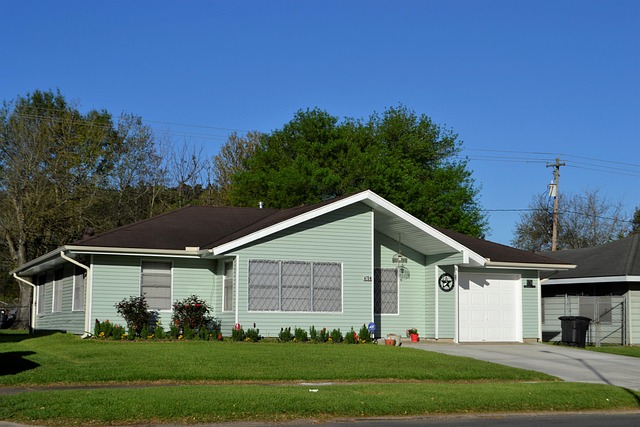
When a house changes hands, a fresh coat of paint and staged furniture can make it feel brand new. Yet beneath the surface, older construction practices sometimes reveal themselves during an inspection. While many of these issues are relics of a bygone era, they still carry real safety and financial concerns for today’s buyer.
Aluminum Wiring
In the late 1960s and early 1970s, aluminum wiring was widely used as a cheaper alternative to copper. Unfortunately, it has a tendency to expand and contract under load, loosening at connections and creating overheating risks. If discovered, it doesn’t necessarily mean a deal-breaker, but a qualified electrician should evaluate whether repairs or complete rewiring are necessary. Insurance companies may also raise premiums—or decline coverage—if it remains uncorrected.
Asbestos Materials
Asbestos shows up in older floor tiles, insulation, duct wrap, and even textured ceilings. Left undisturbed, it usually doesn’t pose an immediate threat. The problem arises when renovations, leaks, or repairs disturb these materials, releasing fibers into the air. Buyers who plan major remodeling should budget for professional abatement if asbestos is present.
Lead-Based Paint
Houses built prior to 1978 may still contain lead-based paint. Flaking or chipping surfaces create exposure hazards, particularly for children. Modern testing kits can confirm its presence, and remediation ranges from encapsulation to full removal. Beyond health concerns, this can affect a buyer’s ability to qualify for certain government-backed loans.
Old Plumbing Materials
Galvanized steel pipes were once common, but decades later, many are corroded inside. This leads to restricted water flow, rusty discoloration, and leaks hidden within walls. Cast iron drain lines also deteriorate over time, sometimes collapsing underground. Replacement with modern materials is costly, and buyers should understand whether plumbing upgrades will be needed soon after purchase.
Ungrounded Electrical Systems
Two-prong outlets and ungrounded wiring are still scattered in older homes. Not only does this limit safe use of modern electronics, but it also presents a shock hazard. While a few ungrounded outlets may seem minor, rewiring portions of the system can become a significant project.
What It Means for Buyers
Finding one or more of these conditions on an inspection report isn’t unusual, especially with mid-century or older homes. The key is understanding the scope of the issue. Some hazards require immediate correction, while others can be managed safely until a larger renovation is planned. Buyers should enter negotiations with clear expectations and realistic repair allowances, rather than assuming cosmetic appeal equals safety.
In short, a home’s charm and history can come with baggage. Spotting outdated construction hazards isn’t meant to alarm buyers—it’s meant to empower them. With proper awareness and budgeting, even houses with quirks from decades past can become safe, comfortable, and worthwhile investments.


